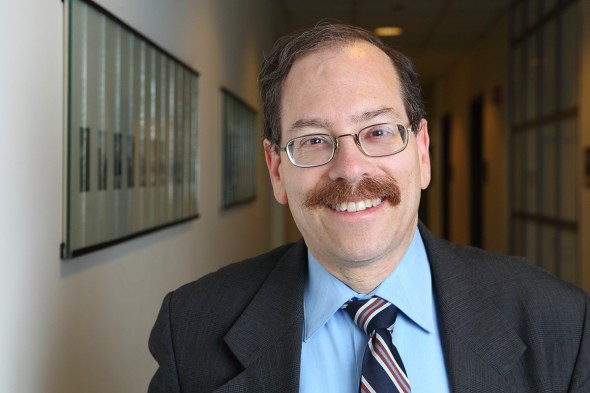Study says medical district drives $3.4 billion in region’s economy
The Illinois Medical District adds $3.4 billion to the Chicago region’s economy, is responsible for more than 18,000 jobs, and contributes more than $75 million in tax revenue to the state and nine-county area, according to an economic impact study by researchers at the University of Illinois at Chicago.
The district’s employees receive $3.1 billion of direct and indirect compensation, with an average of $75,627 in wages and benefits per person — more than $6,500 greater than the average regional salary, according to the study by Howard Wial, executive director of UIC’s Center for Urban Economic Development, and co-author Elizabeth Scott.
Wial and Scott prepared the study for the Illinois Medical District Commission and the Illinois Science & Technology Coalition. The full report can be accessed from the “In the News” column of the homepage of the UIC College of Urban Planning and Public Affairs.
Much of the economic impact derives from UIC’s health science colleges, the University of Illinois Hospital and Health Sciences System, and Rush University Medical Center — including $392 million the universities spend annually on research and development. In recent years, UIC has also produced 20 to 30 patents per year and several health-related startup companies.
Citing figures from 2011, the most recent available, the study showed that organizations in the district:
- employed 29,230 people, and provide 18,365 jobs that probably would not otherwise exist in the Chicago region.
- paid $2.2 billion in direct employee compensation.
- produced $2.3 billion in goods and services.
- conferred 1,887 academic degrees, nearly 90 percent of them graduate degrees.
Wial estimated the district’s economic impact would increase by $300 million, and 4,256 jobs, if the hospitals were to attract more patients from outside the region.
Biomedical initiatives now underway in UIC’s Innovation Center and elsewhere in the district could also drive the total higher in the future, Wial said.

